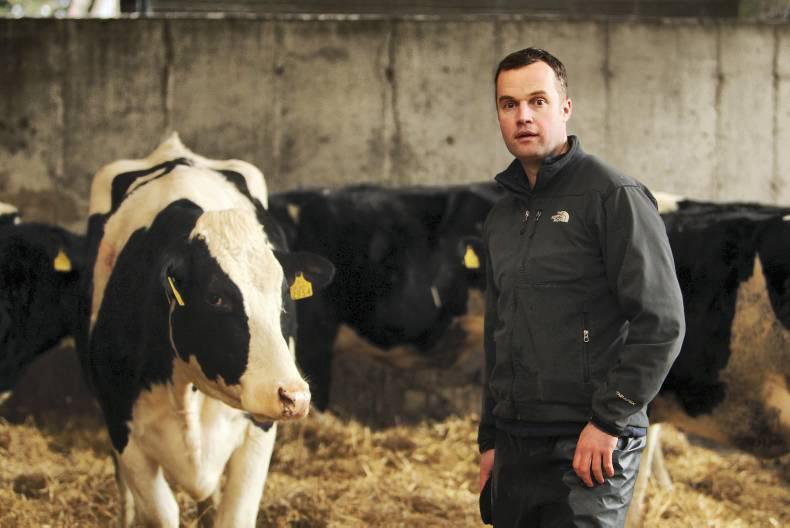This is an irritating disease for cattle, sheep and farmers. In cattle it tends to be sporadic, with a few isolated cases. However, in sheep flocks it can affect large numbers and be quite difficult to control. It has no major effect on performance but it must have some impact due to the pain it causes animals. It is caused by a bug called Moraxella bovis in cattle and in sheep by chlamydia species among others. The big difference with sheep is that, like with footrot, they produce a poor immunity, which can mean they can be reinfected after the original infection. This makes control in flocks more difficult.
The first clinical signs can be eyes streaming, then excessive blinking (eye pain) and ultimately ulceration of the surface of the eye. I have seen these ulcers get quite deep and very painful, so prompt treatment is advised. These ulcers will be usually in the centre of the eye and can be of a white or sometimes red appearance. You will often see a lot of blood vessels around the eye and this is pannus, or a localised reaction to the ulcer. Often in sheep you will see both eyes affected. In severe cases, the eye can rupture, and this usually occurs where secondary infections occur in the eye.
The risks for cattle tend to be bright sunlight, dry dusty conditions, flies and high stocking densities. It is common where cattle are being fed in close proximity leading to more animals that are infected. There is another condition, however, that it can be mixed up with – listeria iritis. This is often referred to as silage eye. It is not as severe and is commonly spread in situations where animals are being fed silage in feeders. This causes more of an irritation of the eye without ulceration and is typically associated with feeding big-baled silage. The condition differs, but treatment is often the same.
Sheep
In sheep, pinkeye can be a risk again where you have high stocking densities, sunlight, dry dusty conditions, long grass irritating and rubbing eyes and flies. The problem with sheep is, as mentioned already, the poor immune response and the high likelihood of reinfection. It can flare up when low numbers are infected at pasture, then it can spread when the flock is housed. So when a problem in sheep, an aggressive treatment regime and isolation of infected sheep is hugely beneficial. Your own vet is best placed to advise on specific treatments, which can be topical ointments or injectable antibiotics. I have had good success with treating all infected sheep at early onset and isolating them. It can be very frustrating in a flock, but early intervention does help.
In cattle it tends to affect smaller numbers. We commonly will use a subconjunctival (under eyelid/sclera) injection of antibiotics to good effect. This technique should not be used without first consulting your vet. During outbreaks, I will show farmers how to administer the injection. Proper restraint is essential for this treatment. We use this as sometimes topical ointments can be harder to administer in cattle. Like with all diseases, try and minimise risk or predisposing factors and put a control strategy in place early, especially in sheep flocks.






 This is a subscriber-only article
This is a subscriber-only article





SHARING OPTIONS: